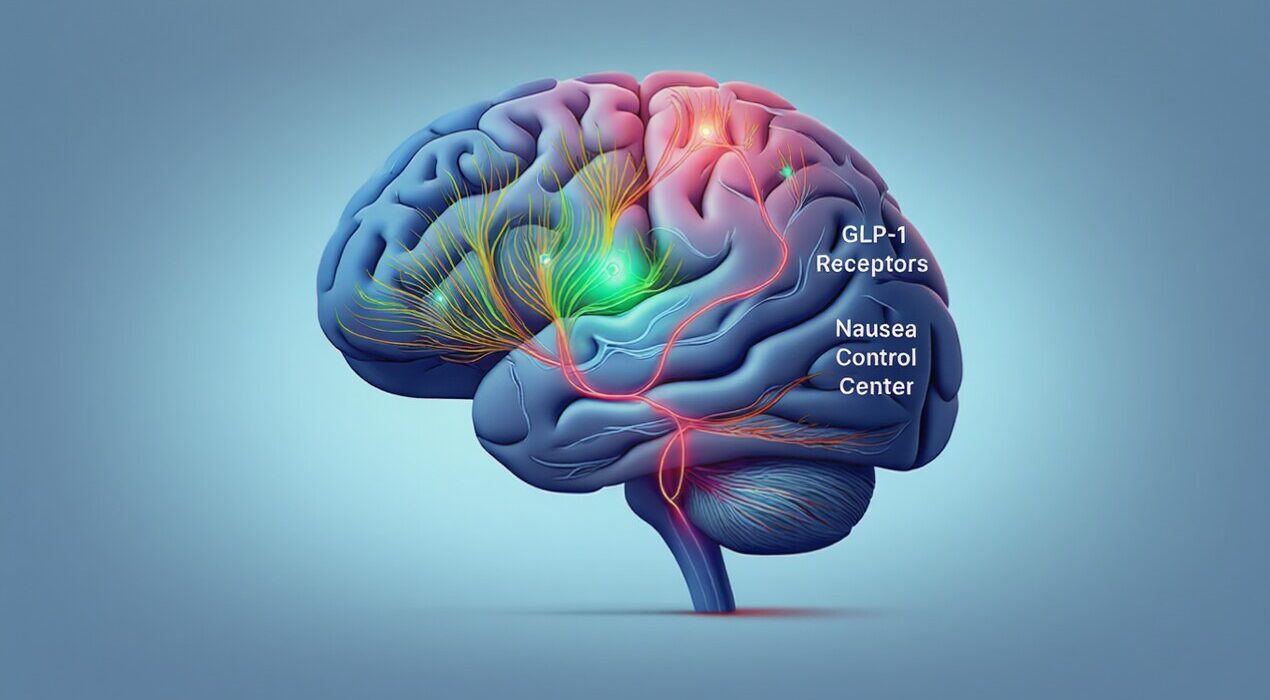New Research Shows How to Keep Ozempic Weight Loss Without the Nausea
New research is helping scientists understand how popular GLP-1 drugs affect the brain. Medications like Ozempic, Wegovy, and Mounjaro activate a hormone system that reduces hunger. They also influence brain areas linked to nausea, thirst, and reward-driven eating.These discoveries offer fresh hope. Researchers now believe it may be possible to keep the weight-loss benefits while reducing uncomfortable side effects.
The Challenge With Side Effects
GLP-1 medications help manage type 2 diabetes and obesity. They signal fullness after meals and lower appetite. However, up to 40% of users experience nausea or vomiting.Many people stop the medication because of these symptoms. Therefore, scientists are studying how to separate helpful actions from unpleasant ones. They are also exploring new uses for these drugs, including addiction treatment.
What New Studies Reveal
Experts shared several key findings at Neuroscience 2025. Each study highlights a different brain circuit influenced by GLP-1 drugs.For example, combining low doses of tirzepatide with oxytocin caused weight loss in obese rats without nausea. This suggests a possible future treatment strategy. In addition, researchers identified nerve cells in the area postrema that control both nausea and weight loss in mice.
Another team found that GLP-1 receptors in the central amygdala reduce reward-driven eating. As a result, these drugs may help curb emotional or pleasure-based eating. Researchers also discovered that GLP-1 agonists affect thirst, which may help explain changes in hydration.
A New Direction for Treatment
Scientists believe these insights could shape safer and more effective therapies. The research also points to new options for conditions such as binge eating and addiction.Although more studies are needed, the future looks promising. These discoveries may lead to GLP-1 treatments that support health without overwhelming side effects.






